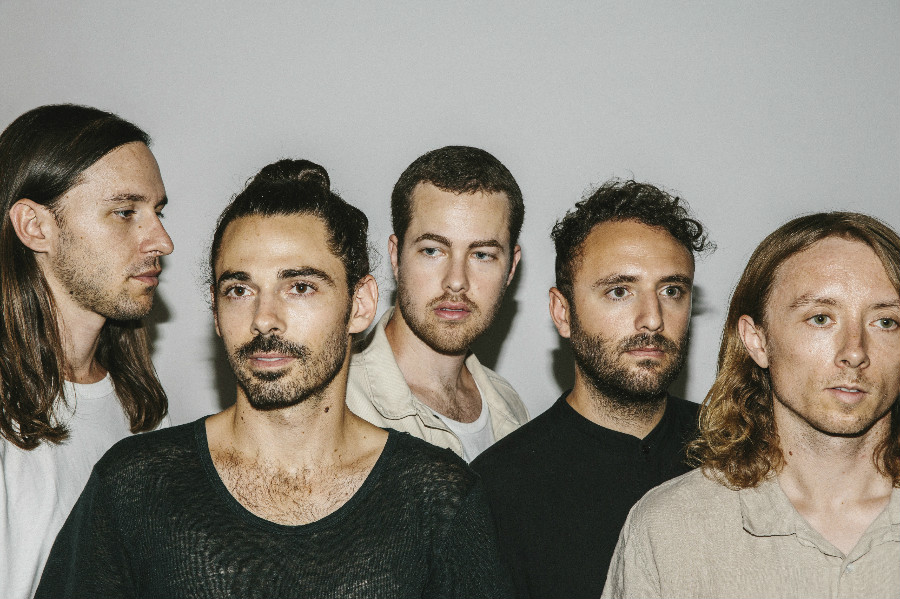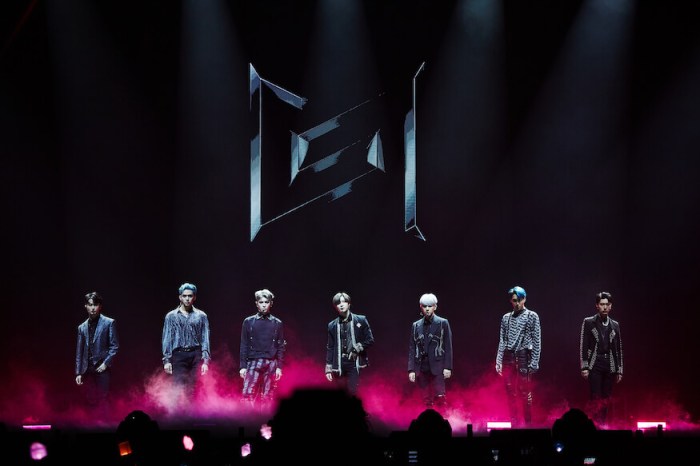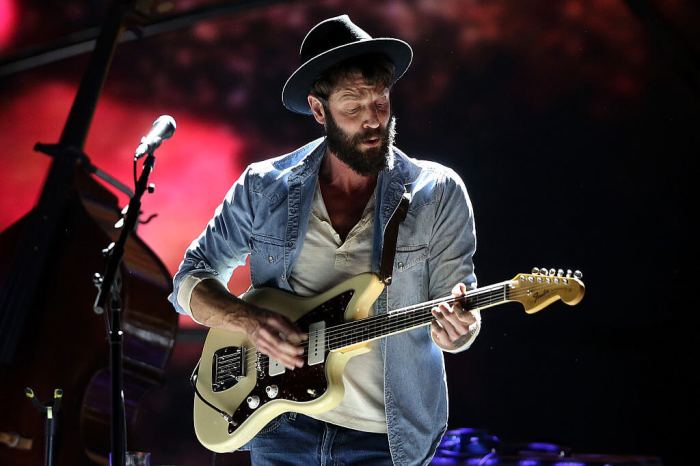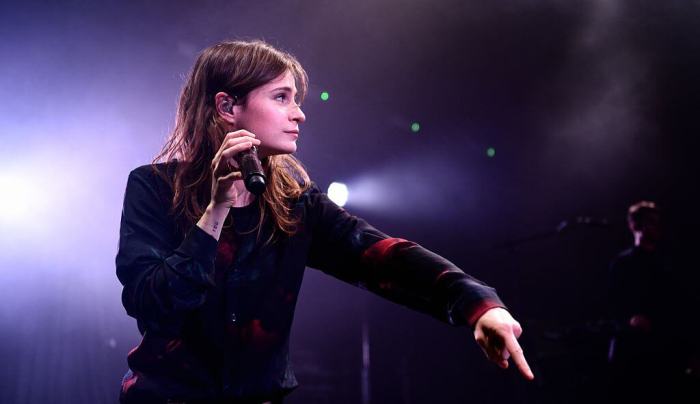After Local Natives’ first two records, the Los Angeles-based rockers wanted to explore some new musical paths. The five-piece indie darlings had just wrapped up a long tour supporting “Hummingbird” — which front man Taylor Rice calls “a really cathartic, kind of dark record” — and felt re-energized to be back on the West Coast. It turns out that Rice, Kelcey Ayer and Ryan Hahn, who initially met in high school and share songwriting duties, went beyond their home turf to write the album. They ended up taking writing trips to picturesque locales from Ojai and Joshua Tree in California to far-flung locales in Thailand and Nicaragua. The sessions led to “Sunlit Youth,” a colorful 12-track album that features big hooks and full-bodied synths. We spoke with Rice about Local Natives’ developing sound, songwriting in Nicaragua and the youthful tones on the record. There’s definitely this exuberant, synth-driven spirit on “Sunlit Youth.”
We didn’t have too much happen on purpose for this record. We wanted to free ourselves up so I think this record has a lot more influences that we’ve been listening to, whether it’s hip-hop or electronic music or sampling. [After “Hummingbird,”] we came home to L.A. and found ourselves in this place that felt like the world was full of possibilities. And that led you guys to write and record across the globe?
We just wanted to again get outside of our normal space and just push ourselves and be super open … When we went to Nicaragua, there’s this song, “Masters,” that’s on the record. We wrote 10 songs together, and they all had this jungle theme in them. It was really weird — even musically. And “Masters” is on the album from that writing session. I think you can hear the influence of that place on it. Songs like “Fountains of Youth,” sound a bit poppier than some of the more intricate, folksy songs from your first two records.
Yeah, I think that is fair to say. Some of it is poppier. “Fountains of Youth” has this pretty simple verse-chorus, quiet-loud thing. We were interested in simplifying some things. I think that a lot of our sound has been predicated on these ultra-intricate beats and rhythms and multiple drummers all the time. A song like “Fountain of Youth,” there’s something that felt immediate and direct. You and the band wrote 50 or 60 songs making the record. How did you choose which to use on the final project?
We were all on the same page enough to know what the top 20 songs were. Past that, we do have this kind of democracy and it can be political or sort of “Game of Thrones”-esque. You have to volley for your own songs, or the ones you’re passionate about. Maybe you’ll have a side meeting and trade votes. It can get a little bit wild. There’s a theme of reminiscing over youth on the record. How did this color the album’s musical tone?
The youthful spirit in this record was one of disconnecting to that reason of why we even picked up music in the first place and started a band in our garage. That feeling of creating this thing from scratch and feeling like there aren’t any rules to anything … A lot of the record is more forward-facing but, yeah, I think it’s all through that lens of realizing what the youth perspective has to offer.
Local Natives look near and far for ‘Sunlit Youth’

Provided
























